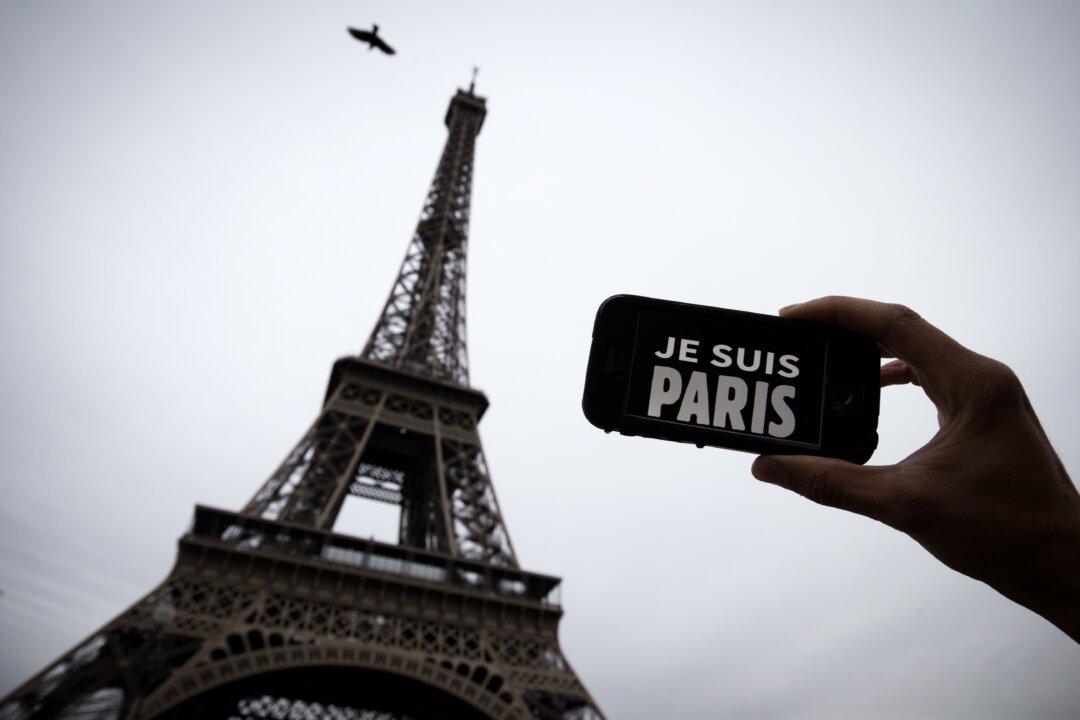More than 4 million Facebook users sent a safety check notification to their friends on Facebook in the wake of the terrorist attack in Paris, a feature the social network company said will be active for future terrorist attacks.
Safety Check delivers a push notification to devices near areas hit by disasters, until now natural disasters, asking the user if they’re safe. Pressing the “I’m Safe” button will generate a Facebook status and a notification to the user’s friends. Clicking on the notification will take the user to a list of updates from their friends in the affected area, and users can also mark their friends as safe.
User locations are taken from the city indicated in their profile, their location from “Nearby Friends,” or the city where they’re using the Internet.
The first version of Safety Check was introduced in the wake of the earthquake and tsunami in Japan in 2011. The current iteration was released last October.
The feature has been activated in several situations since: “[A]fter the recent earthquakes in Afghanistan, Chile, and Nepal as well as Tropical Cyclone Pam in the South Pacific and Typhoon Ruby in the Philippines,” Facebook’s Vice President of Growth Alex Schultz, wrote in a blog post.





